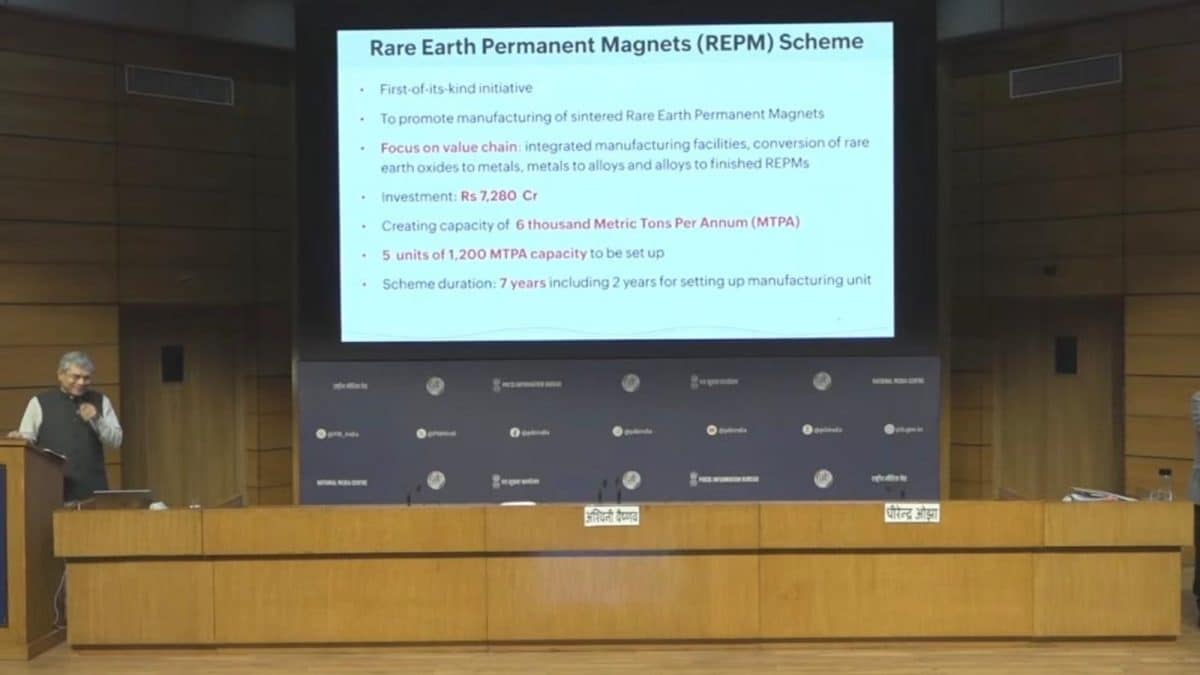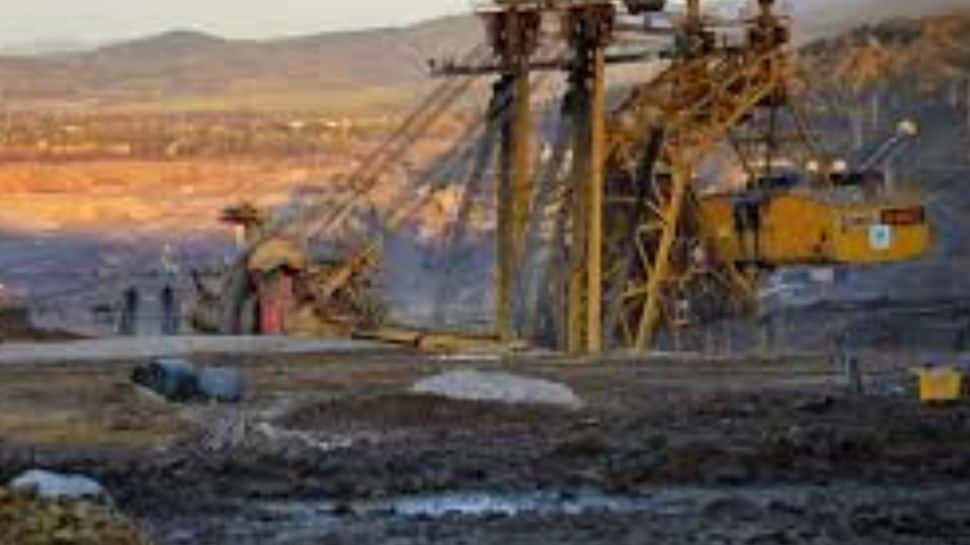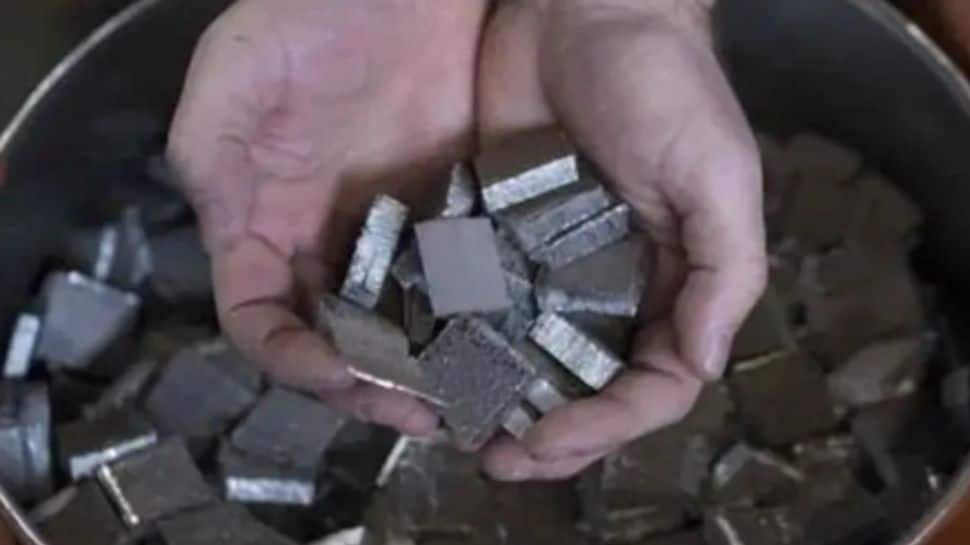Business
Exploration Of Critical Minerals In Northeast Among The Main Priorities: G Kishan Reddy
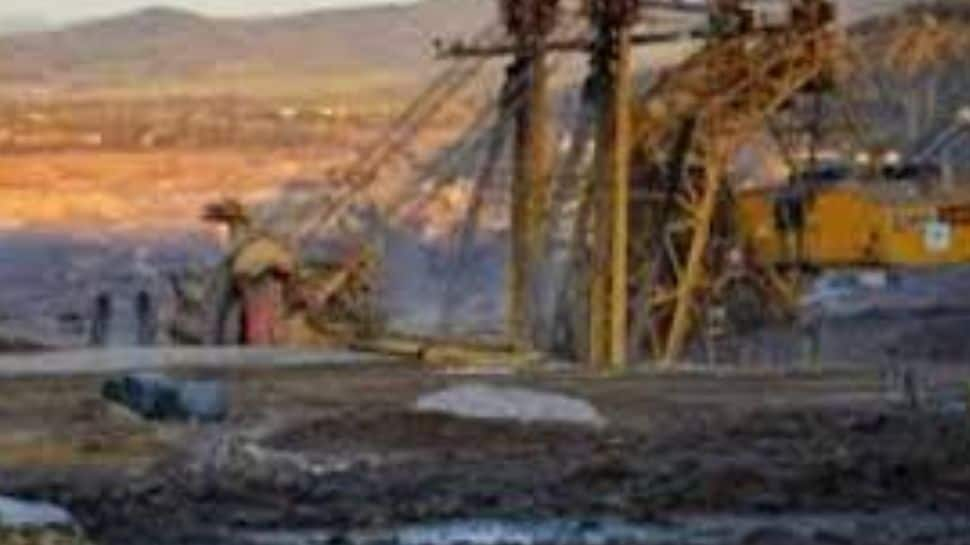
New Delhi: Union Minister of Coal and Mines, G Kishan Reddy, on Monday said that exploration of critical minerals in Northeast India is the main agenda of the government, among other activities.
Speaking to the reporters during the inauguration of the Namchik-Namphuk Coal Mine in Changlang district of Arunachal Pradesh today, the Minister said, “We want to develop the Northeast in every sector. Currently, coal-based activities are ongoing in Assam, and in the coming days, we will accelerate exploration activities in Mizoram and other states.”
“Additionally, there are significant reserves of critical minerals in neighbouring countries. Since major coal-related activities are happening in those countries, it indicates that the areas of our country bordering them may also have reserves of coal and critical minerals. Therefore, exploring these reserves, developing the region, providing employment to the local population, and boosting economic activity in the area is our main agenda,” the Minister said.
Critical minerals are essential resources for a nation’s economic development, national security, and modern technologies, including renewable energy, advanced manufacturing, and digital infrastructure. They are defined by their importance, not their scarcity, but they pose supply chain risks due to limited availability in certain geographic locations and complex global extraction and processing chains.
The much-anticipated exploration project, being developed by the Mahalaxmi Group, is expected to generate an estimated Rs 4,500 crore in revenue for the Arunachal Pradesh government, said Union Coal Minister Reddy along with Arunachal Pradesh Chief Minister Pema Khandu in a joint media briefing during the inauguration.
Reddy said the inauguration would mark a “new era of trust, transparency, and transformation” in the region’s mining sector.
“This is not just a mining project. It is a symbol of trust, transparency, and transformation for the people of Arunachal Pradesh. We are bringing sustainable, scientific, and legal mining practices to a region that holds immense potential,” the union minister said ahead of the event.
Chief Minister Khandu said the project would be a major driver of industrial growth and employment in the state.
“This initiative will not only boost revenue but also bring in skill development, infrastructure, and long-term employment for our youth. We are proud to be part of India’s growth journey,” he said.
The Namchik Namphuk coal block, with reserves of 1.5 crore tonnes, was first allocated in 2003 but faced long delays and stoppages due to various challenges. It was revived through a transparent auction process in 2022, opening the doors for private sector entry and marking the end of years of delays.
This initiative carries forward the vision of EAST – Empower, Act, Strengthen, Transform – a guiding philosophy for every initiative in the Northeast. With this development, Arunachal Pradesh joins india’s coal journey, the world’s second-largest coal producer, which crossed a record 1 billion tonnes of production last year.
According to the estimate of coal ministry, mine is expected to generate over Rs 100 crore annually as revenue for the state, creating jobs and prosperity for youth.
Business
OGRA Announces LPG Price Increase for December – SUCH TV

The Oil and Gas Regulatory Authority (OGRA) has approved a fresh increase in the price of liquefied petroleum gas (LPG), raising the cost for both domestic consumers and commercial users.
According to the notification issued, the LPG price has been increased by Rs7.39 per kilogram, setting the new rate at Rs209 per kg for December. As a result, the price of a domestic LPG cylinder has risen by Rs87.21, bringing the new price to Rs2,466.10.
In November, the price of LPG stood at Rs201 per kg, while the domestic cylinder was priced at Rs2,378.89.
The latest price hike is expected to put additional pressure on households already grappling with rising living costs nationwide.
Business
Taxable Value Of Goods Surges 15% In Sep-Oct As GST Cuts Boost Consumption
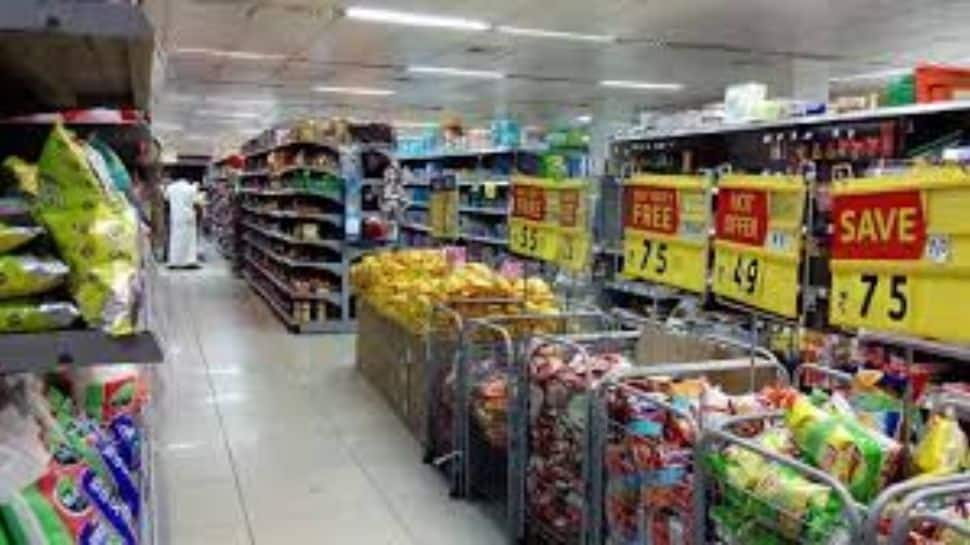
New Delhi: The taxable value of all supplies under GST surged by a robust 15 per cent during September-October this year, compared to the same period in 2024 due to sharp increase in consumption triggered by the tax rate cuts on goods across sectors that kicked in from September 22, according to official sources.
The growth in the same two-month period last year was 8.6 per cent. “This surge in taxable value during ‘Bachat Utsav’ demonstrates strong consumption uplift, stimulated by reduced rates and improved compliance behaviour,” a senior official said.
He pointed out that the growth has especially been strong in sectors where rate rationalisation was implemented, such as FMCG, pharma goods, food products, automobiles, medical devices and textiles. In these sectors, the taxable value of supplies has seen significantly higher growth, confirming that lower GST rates translated directly into higher consumer spending.
“It vindicates our strategy that reducing rates on essentials and mass-use sectors would create demand-side buoyancy — a Laffer Curve–type demand uplift,” he explained.These trends confirm that GST next-gen reforms have not disrupted revenue stability, and that consumption-side buoyancy has begun to translate into higher taxable value in key sectors.
This growth is in value terms which means that since GST rates were lower, the growth in volume terms will be even higher. It is clearly visible that while the Next Gen Reforms resulted in significant Bachat — increased consumption, industry has been very proactive in passing on the GST savings to the final consumers and ensuring that there is no supply side deficiency.
As GDP private consumption data will be released much later, GST taxable value serves as the most reliable real-time proxy for consumption, and the current numbers clearly indicate sustained demand expansion, the official added.
Business
Private sector data: Over 2 lakh private companies closed in 5 years; govt flags monitoring for suspicious cases – The Times of India

NEW DELHI: The government on Monday said that over the past five years, more than two lakh private companies have been closed in India.According to data provided by Minister of State for Corporate Affairs Harsh Malhotra in a written reply to the Lok Sabha, a total of 2,04,268 private companies were shut down between 2020-21 and 2024-25 due to amalgamation, conversion, dissolution or being struck off from official records under the Companies Act, 2013.Regarding the rehabilitation of employees from these closed companies, the minister said there is currently no proposal before the government, as reported by PTI. In the same period, 1,85,350 companies were officially removed from government records, including 8,648 entities struck off till July 16 this fiscal year. Companies can be removed from records if they are inactive for long periods or voluntarily after fulfilling regulatory requirements.On queries about shell companies and their potential use in money laundering, Malhotra highlighted that the term “shell company” is not defined under the Companies Act, 2013. However, he added that whenever suspicious instances are reported, they are shared with other government agencies such as the Enforcement Directorate and the Income Tax Department for monitoring.A major push to remove inactive companies took place in 2022-23, when 82,125 companies were struck off during a strike-off drive by the corporate affairs ministry.The minister also highlighted the government’s broader policy to simplify and rationalize the tax system. “It is the stated policy of the government to gradually phase out exemptions and deductions while rationalising tax rates to create a simple, transparent, and equitable tax regime,” he said. He added that several reforms have been undertaken to promote investment and ease of doing business, including substantial reductions in corporate tax rates for existing and new domestic companies.
-

 Sports1 week ago
Sports1 week agoWATCH: Ronaldo scores spectacular bicycle kick
-

 Entertainment1 week ago
Entertainment1 week agoWelcome to Derry’ episode 5 delivers shocking twist
-

 Politics1 week ago
Politics1 week agoWashington and Kyiv Stress Any Peace Deal Must Fully Respect Ukraine’s Sovereignty
-

 Business1 week ago
Business1 week agoKey economic data and trends that will shape Rachel Reeves’ Budget
-

 Tech6 days ago
Tech6 days agoWake Up—the Best Black Friday Mattress Sales Are Here
-

 Politics1 week ago
Politics1 week ago53,000 Sikhs vote in Ottawa Khalistan Referendum amid Carney-Modi trade talks scrutiny
-

 Fashion1 week ago
Fashion1 week agoCanada’s Lululemon unveils team Canada kit for Milano Cortina 2026
-

 Tech1 day ago
Tech1 day agoGet Your Steps In From Your Home Office With This Walking Pad—On Sale This Week


